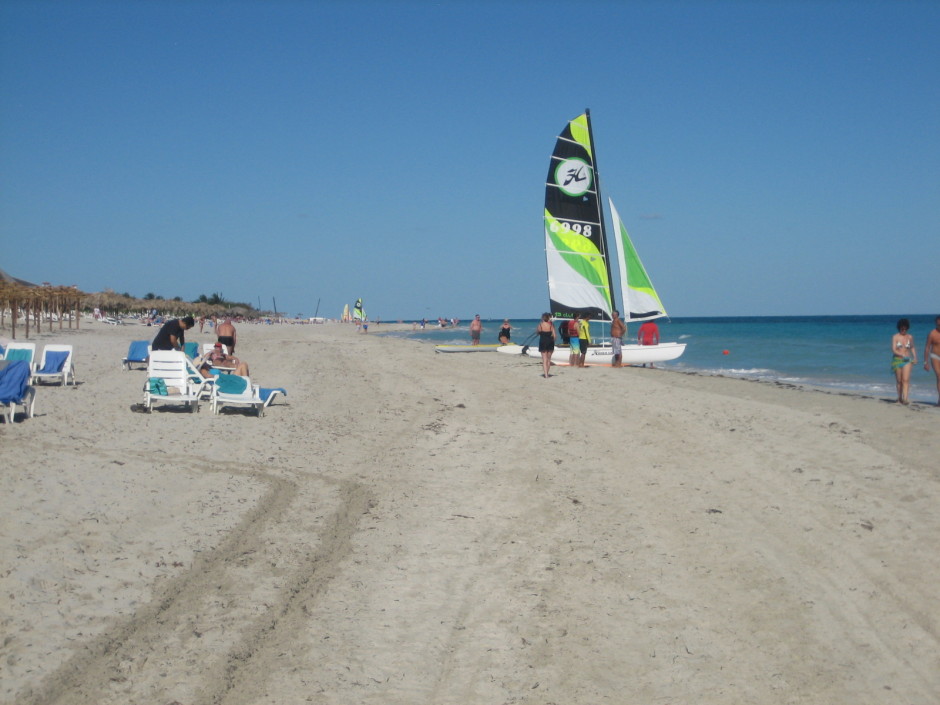It was freezing cold in Toronto and I yearned for the heat.
Weary of the January weather, my wife and I decided to book an all-inclusive package to Cuba. We chose Cuba because it offers what far more expensive destinations in the Caribbean also offer: great weather, nice sandy beaches and comfortable hotels. We had read that the food in Cuba leaves something to be desired, but we decided to take our chances because the other variables were so irresistible.
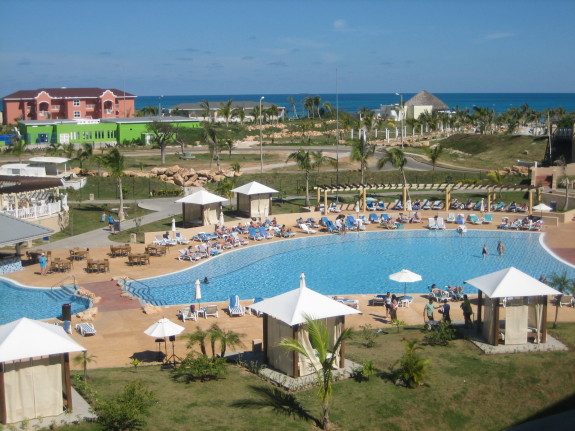
We booked a one-week package in the Melia Marina, a five-star hotel in Varadero that opened last August. We paid just over $2,000 for it — airfare, a spacious standard room with all the usual amenities, meals, snacks and beverages, nightly shows and access to a dazzling beach.
We could have settled for a three-star or four-star hotel and paid considerably less, but we were in no mood to skimp on scope. It was our first vacation of the new year and we wanted to get off to a good start.
Besides, we figured, $1,000-plus per head was not exactly extravagant, at least compared to similar packages in St. Lucia or the Bahamas.
The flight to Varadero — 140 kilometres east of Havana, the Cuban capital — transported us from winter to summer in three hours. Weather-wise, it was a miraculous transformation that only money can buy. The temperature outside the airport terminal was ideal: warm and sunny, without the slightest trace of humidity, which can be oppressive from spring to autumn in Cuba.
We reached the Melia Marina, part of a Spanish chain of hotels, by bus in about 40 minutes. The hotel, a beachhead of Western affluence in a fairly poor and authoritarian country, was technically in Varadero, but it seemed light years away from the town itself or from the real Cuba.
The hotel lobby was bright and spacious, its creamy marble floor buffed to a high sheen. A soft breeze from the marina in the rear of the building gently caressed us.
Our fourth floor room, furnished with two double beds, a television, coffee maker, ironing board and three chairs, was more than ample. The cupboard space was adequate, and the bathroom facilities, featuring a separate toilet, large shower stall and a bathtub, were fine. The balcony, with two chairs, looked down on the swimming pool area and offered a tantalizing view of the deep-blue Atlantic Ocean.
Much to out annoyance, the screen door on the balcony did not close smoothly and had to be fixed twice. A repair man also had to be called to repair the clogged drain in the shower.
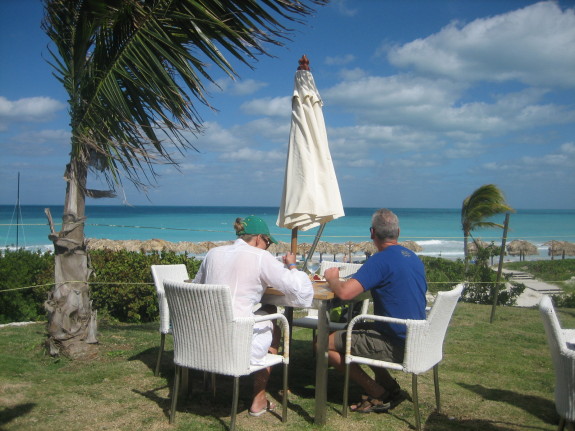
The lounge, at one end of the lobby, was usually buzzing with visitors. Waitresses were busy taking orders for coffee, tea, beer and tropical fruit and rum drinks like pina coladas and mojitos.
We generally took our meals in a large, clean, airy and sun-lit buffet-style cafeteria frequented by adults and children. The selection was impressive. Beef, lamb, veal, turkey, pork, chicken, fish, rice, beans, pasta, fruit, steamed vegetables, soups, condiments and tables groaning with bread, rolls and fancy desserts. Machines dispensed several kinds of coffee as well as hot chocolate. At a few stations, chefs whipped up custom-made pasta and stir-fried dishes. Waiters, always polite and friendly, brought us whatever we desired. Almost daily, we heard the loud crash of plates falling from waiter’s trays to the floor.
With a reservation in hand, you could dine at one of the hotel’s specialized and elegant restaurants: Latin, Oriental, Italian and French.
At the cafeteria, the quality of the food ranged from mediocre to good. The Cuban breads were fresh and chewy. The egg dishes were quite good, as was the sliced cheese. A cauliflower soup was tasteless. A stewed beef dish was sinewy. The white rice was sometimes in clumps. The boiled vegetables were bland. The stir-fry boneless and skinless chicken lacked kick. The spaghetti in tomato sauce was acceptable. The pizza was fine. The roast turkey was very good, probably the best single dish I sampled. The sweets, from tarts to cakes, were usually tasty. And the coffee was always hot and aromatic.
If I had to rate the food in the cafeteria, I would give it a 7 out of 10.
The fare in in the Latin restaurant, named after the American novelist Ernest Hemingway, who lived in Cuba off and on for 20 years, was better. The fried calamari and the chicken medallions in lemon sauce rose to the occasion, but the sea food soup was lukewarm.
The food in the Oriental restaurant was so disappointing that we left much of it uneaten. Fortunately, the French restaurant was a cut above it.
I usually abstain from alcohol in real life, but at the Melia Marina, I enjoyed rounds of refreshing pina coladas and mojitos and the occasional beer.
At the pool, you could order any drink. Surprisingly enough, no one got drunk or rowdy. On two days, there was a shortage of chaise lounges, a deficiency no one could explain.
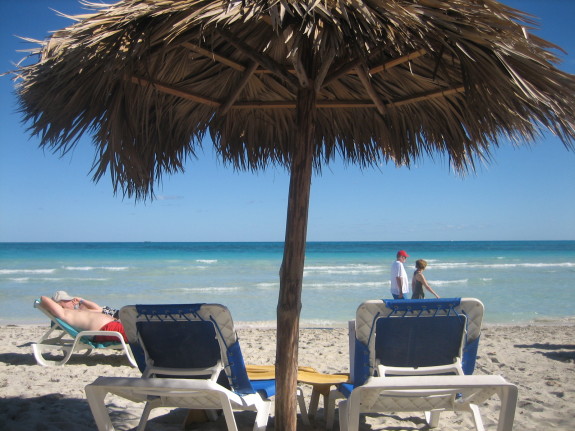
The beach was my favourite place. I read, waded in the warm, milky green and navy blue water and walked along the shore, basking in the rays of the sun.
The entertainment at the hotel was quite enjoyable, with a nightly 45-minute show starting at 9:30 in the marina. Singers and dancers performed to the beat of exuberant Cuban music, but the highlight was a routine in which a Cuban singer impersonated Michael Jackson quite convincingly.
We spent one morning in old Varadero, where the first hotels were built to prop up the ailing Cuban economy, which has been squeezed by an American embargo since the 1959 revolution, headed by Fidel Castro.
I spent 15 minutes in the crafts market, but the trinkets were mostly unimpressive, a pale imitation of the exquisite handicrafts I’ve bought in India and China. I did, however, buy a miniature painting of a 1950s yellow Ford parked under a palm tree on a beach.
As my wife shopped, I took a stroll, walking past modest pastel villas with gardens, admiring those old American cars for which Cuba is justly famous and pausing at the beach to gaze at a pelican in repose.
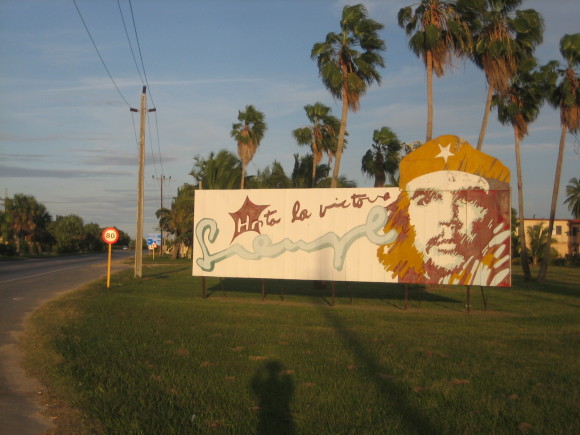
As we drove back to the hotel, I asked the driver to stop so I could take a picture of a billboard emblazoned with a photograph of the bearded Che Guevara, one of the heroes of Cuba’s revolution. A revolutionary who was killed in Bolivia in 1967, Che seemed out of place in this touristic stretch of Varadero, where capitalistic, bourgeois and hedonistic values are the norm.
